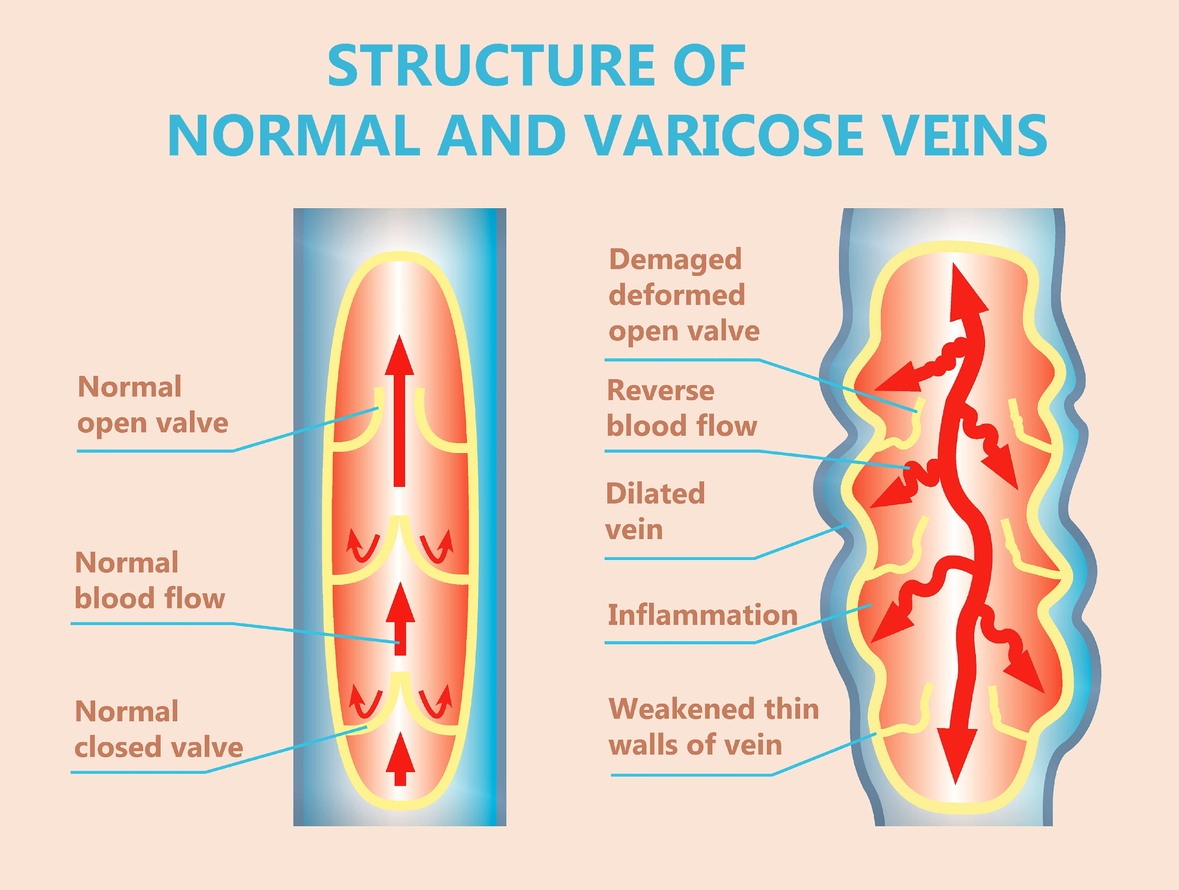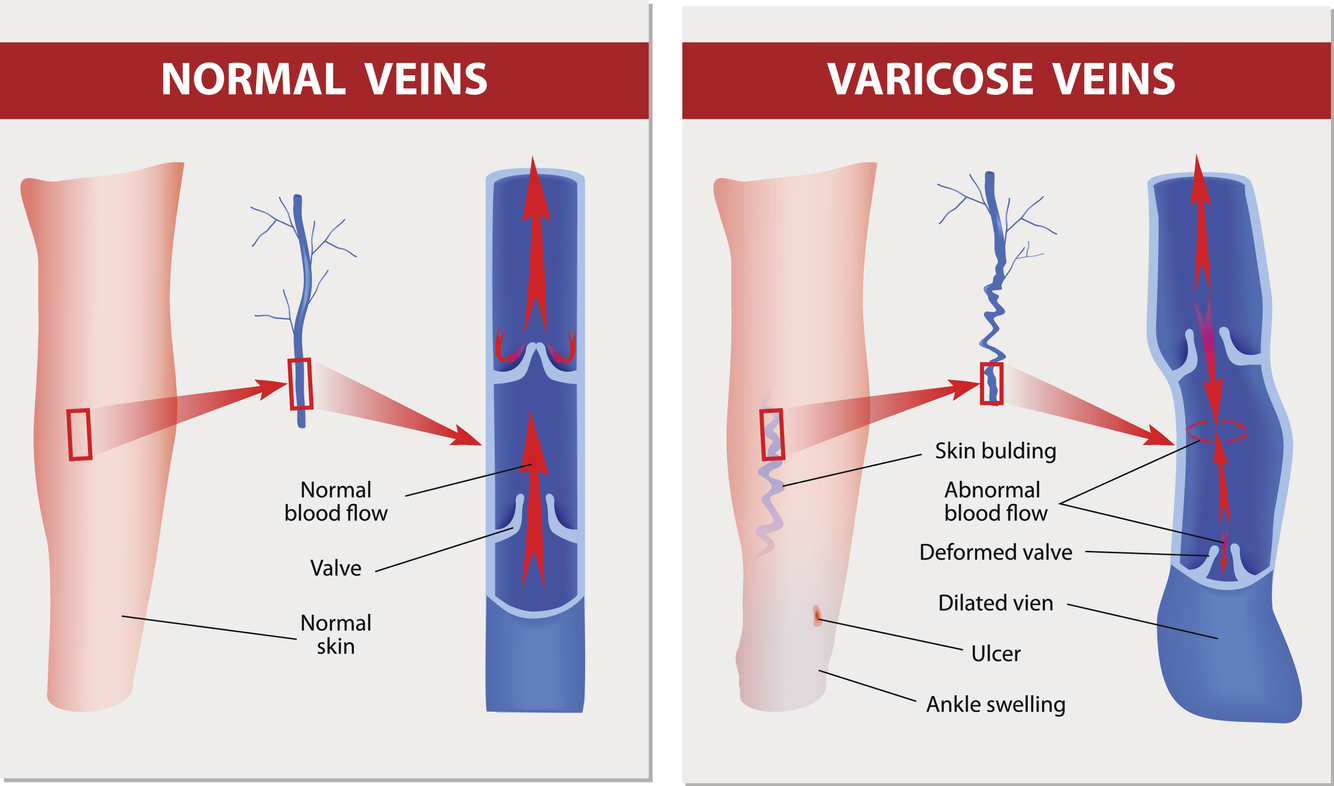7 Tips For Managing Leaky Legs
Leaky legs, or lymphorrhea, occur when lymph fluid leaks from the skin, causing ongoing and bothersome symptoms. This condition is a severe health risk because it increases the chances of chronic wounds and infections like cellulitis. Seek urgent medical treatment if you’re experiencing this symptom.


